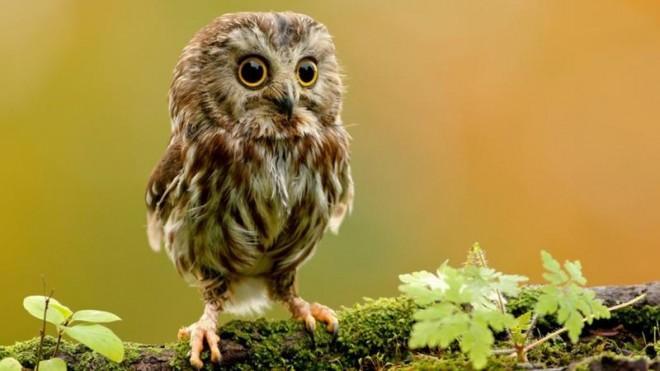1. The Shinkansen Bullet Train
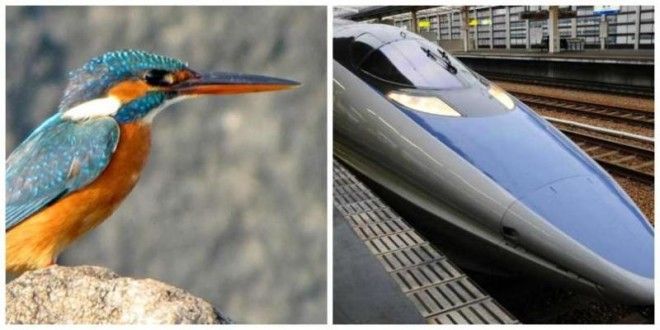
The bullet train in Shinkansen, Japan is a prime example of biomimicry— an approach to innovation inspired by nature. To lessen the piercing sound of their high-speed trains, Japanese engineers took a nod from the common kingfisher— a bird that can dart its beak into water at high speeds without making so much as a ripple.
2. Velcro
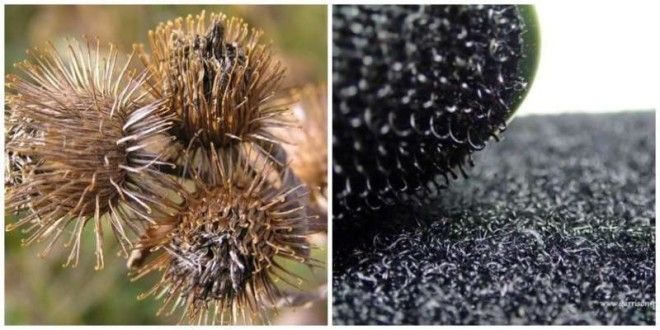
Swiss engineer George de Mestral came up with the idea for velcro when he was picking burrs out of his dog's fur. The tiny hooks on a strip of velcro are modeled after the hooks that make burrs stick to your socks after a hike.
3. GeckSkin Adhesive

Developed at the University of Massachusetts, Amherst, GeckSkin is a super strong adhesive based on the mechanics of gecko feet. A piece of GeckSkin the size of an index card can hold up to 700 pounds on a smooth surface— much like a gecko holding its own weight on a vertical wall.
4. Mercedes-Benz Bionic
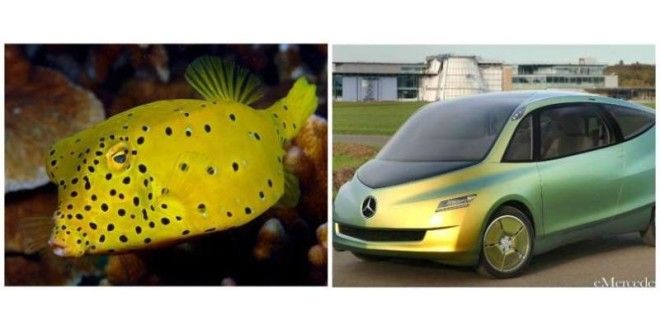
Rolled out in 2005, the body of this concept car was inspired by the aerodynamic shape of the yellow boxfish, allowing it to be one of the most efficient vehicles of its size.
5. COM-BAT Spy Plane
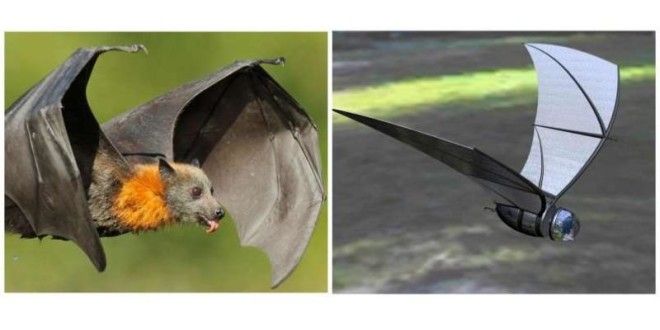
In an army-funded project, researchers at the University of Michigan developed a six-inch spy plane which uses the wing anatomy and communication style of bats to transmit information about the sights and sounds of an urban combat zone.
6. Beijing's Watercube

Built to host aquatic events at the 2008 Olympics in Beijing, the Watercube's design is based on the structure of soap bubbles. In addition to just looking cool, the flexible bubble pods make the building earthquake resistant.
7. Color E-Readers
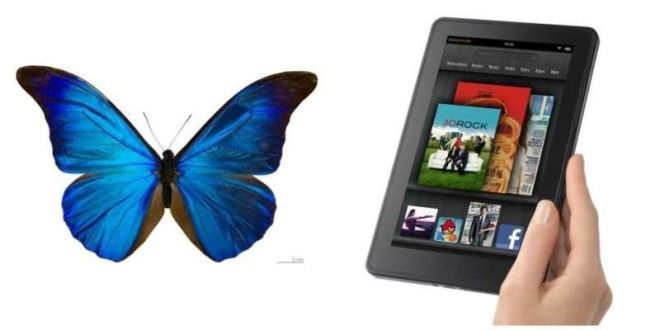
The reason you can read "War and Peace" on your Kindle without your eyes hurting is thanks to your favorite winged insect. Modeled after the iridescence of a butterfly's wing, color e-readers reflect light rather than transmit light like a computer screen.
8. Shark Skin Coating
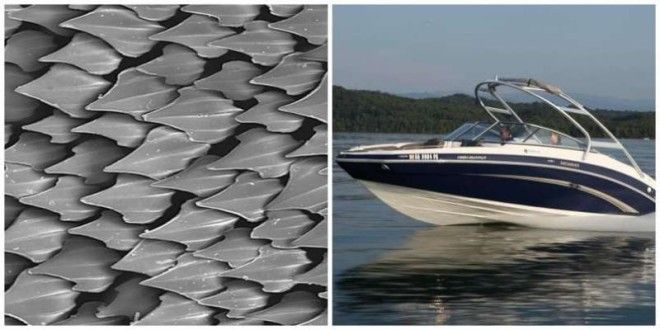
The microscopic pattern of a shark's skin reduces drag and prevents microorganisms from building up on the surface. NASA teamed up with 3M to produce a coating for boats with similar benefits.
Advertising
9. Spider-Inspired Glass

Some spiders protect their webs with an extra silky layer that reflects ultraviolet rays so birds don't fly into them and ruin the spider's hard work. German engineers used this same strategy to solve the problem of birds smacking into windows and glass doors. Ornilux glass is glazed with a special web pattern visible to birds but not humans, saving a lot of birdies from seeing stars.
10. Whale Fin Wind Blades
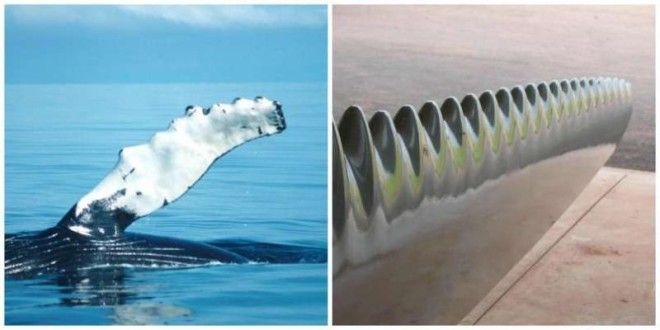
Ever wonder how massive whales can move so gracefully through the water? It has a lot to do with the bumpy ridges on their fins, called tubercles. Frank Fish, a professor at West Chester University, discovered that adding similar bumps to the blades of wind turbines reduced drag and noise while increasing speed and the amount of energy harnessed. Two fins up!
11. Tsunami Warnings

Inspired by the communication of dolphins, EvoLogics developed an underwater sensor that emits high-frequency signals to detect and report underwater earthquakes, a warning sign of tsunamis.
12. Ultra Efficient LEDs

The light inside a firefly is amplified by the sharp, jagged scales of its anatomy. Scientists copied the structure of the insect's belly to increase the efficiency of LED lights by 55 percent.
